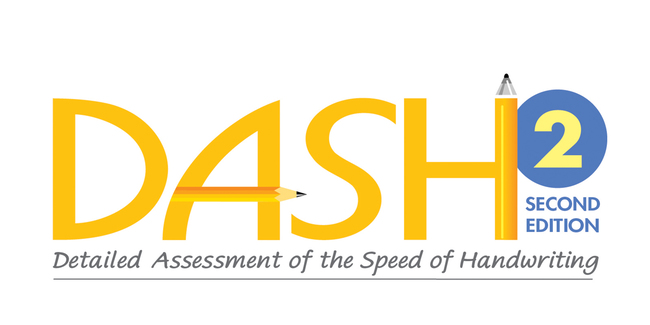Detailed Assessment of Speed of Handwriting, Second Edition (DASH-2) is a reliable measure of handwriting speed for children and young adults. DASH helps identify functional handwriting difficulties and provides relevant information for intervention planning. See our Guidance on using this assessment remotely.

Detailed Assessment of Speed of Handwriting, Second Edition
DASH-2
Detailed Assessment of Speed of Handwriting, Second Edition (DASH-2) is a reliable measure of handwriting speed for children and young adults. DASH helps identify functional handwriting difficulties and provides relevant information for intervention planning. See our Guidance on using this assessment remotely.Choose from our formats
Kits
Starter & complete kits, print & digital
1 option
Test forms & reports
Booklets, record forms, answer sheets, report usages & subscriptions
1 option
Support materials
Manuals, stimulus books, replacement items & other materials
2 options
All products
All tests & materials offered for DASH-2
4 options